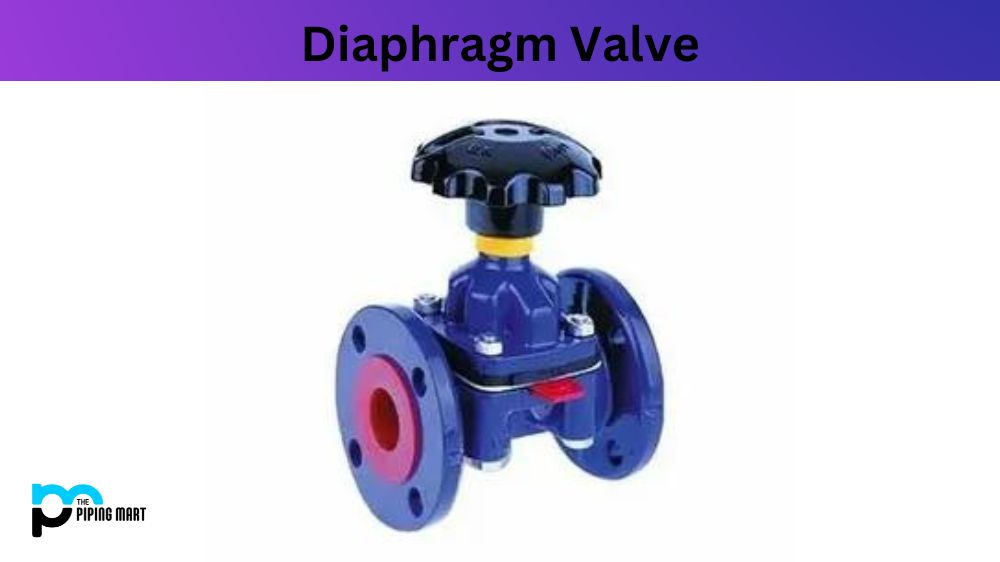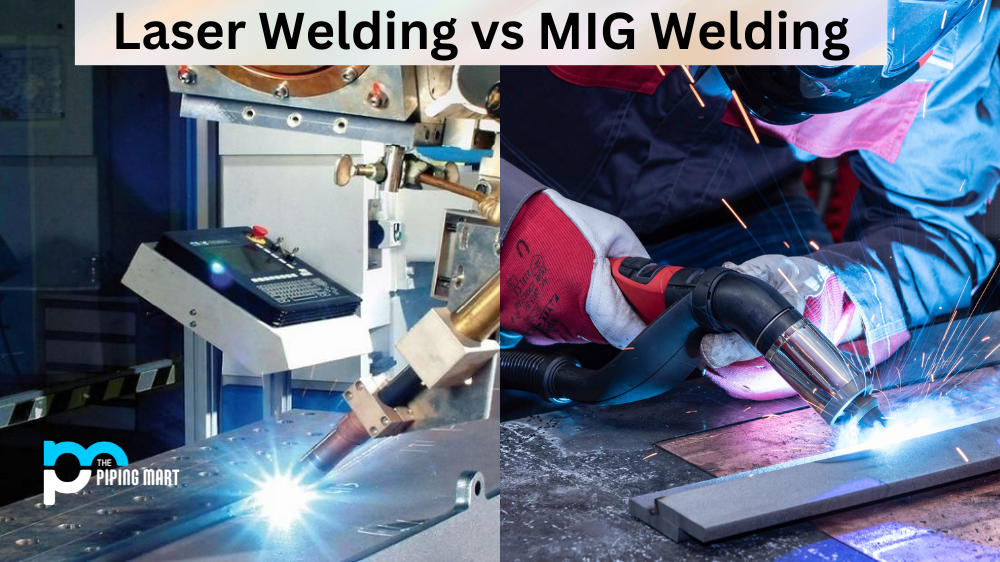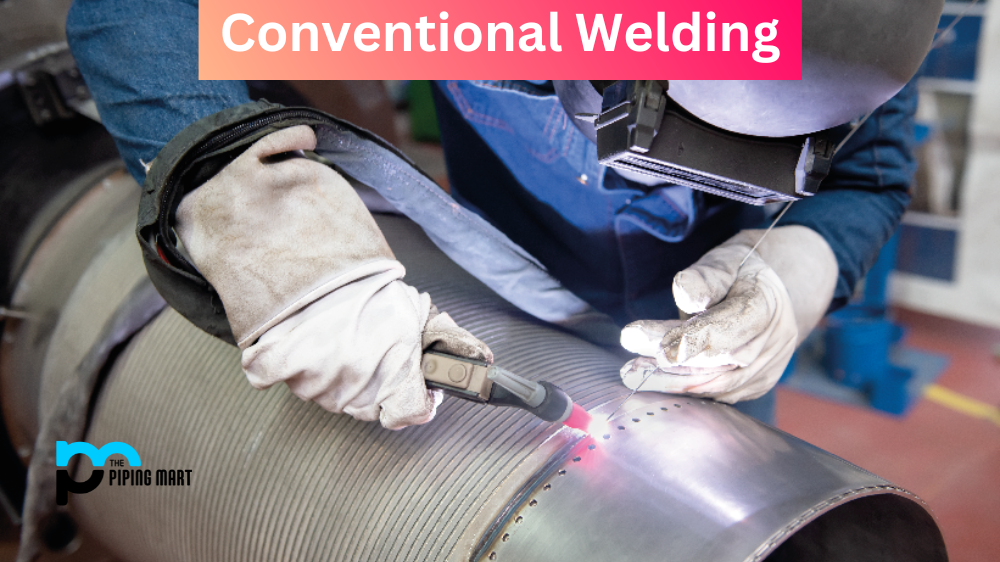Diaphragm valves are widely used in different industries to control fluid flow. Invented over a century ago, they have stood the test of time and have remained popular among valve types. While diaphragm valves offer certain advantages, there are also some disadvantages. In this blog post, we’ll examine the advantages and disadvantages of diaphragm valves.
What is Diaphragm Valve?
A diaphragm valve is a pressure-control device consisting of a circular membrane, or diaphragm, that separates two chambers. When the upstream chamber increases pressure, it pushes the diaphragm up to create an opening, allowing fluid to pass through. These valves are often used to control liquids and gases as they are highly accurate and robust. They come in various sizes, materials and configurations, making them suitable for many applications such as food processing, chemical control processes and pharmaceuticals.
Advantages of Diaphragm Valves:
High Durability – Diaphragm valves are known for their high durability and longevity and can be used for extended periods with minimal maintenance. This makes them ideal for applications requiring high resistance to various conditions, including corrosive environments.
Versatility – Diaphragm valves are versatile and can be used for various fluids, including viscous and abrasive materials. The valve is also suitable for high-pressure applications, making it a popular choice in the petrochemical, chemical and pharmaceutical industries.
Reliability – Diaphragm valves are designed to operate with high precision, thanks to their accurate alignment between the valve body and the diaphragm. This makes them reliable even in critical applications.
Easy Maintenance – Diaphragm valves are easy to clean and maintain, with minimal tools required for disassembly.
Leakage Prevention – As the diaphragm is the only internal part of the valve exposed to fluid, there is little chance of leakage. This is a key advantage over other valve types, such as globe valves.
Disadvantages of Diaphragm Valves:
Limited Temperature Range – Diaphragm valves are unsuitable for extreme temperatures. This is because the material of the diaphragm cannot withstand temperatures outside its tolerance range.
Reduced Flow Capacity – Compared to other valve types, diaphragm valves have a lower flow capacity, which is a disadvantage when it comes to applications that require a high flow rate.
High Cost – Diaphragm valves are expensive compared to other valve types. This makes them less popular in industries where cost is a key consideration.
Limited Pressure Range – While diaphragm valves are suitable for high-pressure applications, the upper limit of their pressure range is lower compared to other valve types. This can limit their use in certain industries.
Limited Material Options – The diaphragm is made of limited materials, including rubber, plastic, and some metals. As a result, diaphragm valves are unsuitable for applications that need exposure to specific materials.
Conclusion:
Diaphragm valves are versatile, reliable and durable. They can be used for a wide range of fluids and are suitable for high-pressure applications. However, diaphragm valves are not without their disadvantages. These include limited temperature and pressure ranges, reduced flow capacity, high cost, and limited material options. Before deciding on whether to use a diaphragm valve for your application, it’s important to weigh the advantages and disadvantages carefully.

Pipingmart is a B2B portal that specializes in metal, industrial and piping items. Additionally, we share the latest information and information about materials, products and various types of grades to assist businesses that are involved in this business.




